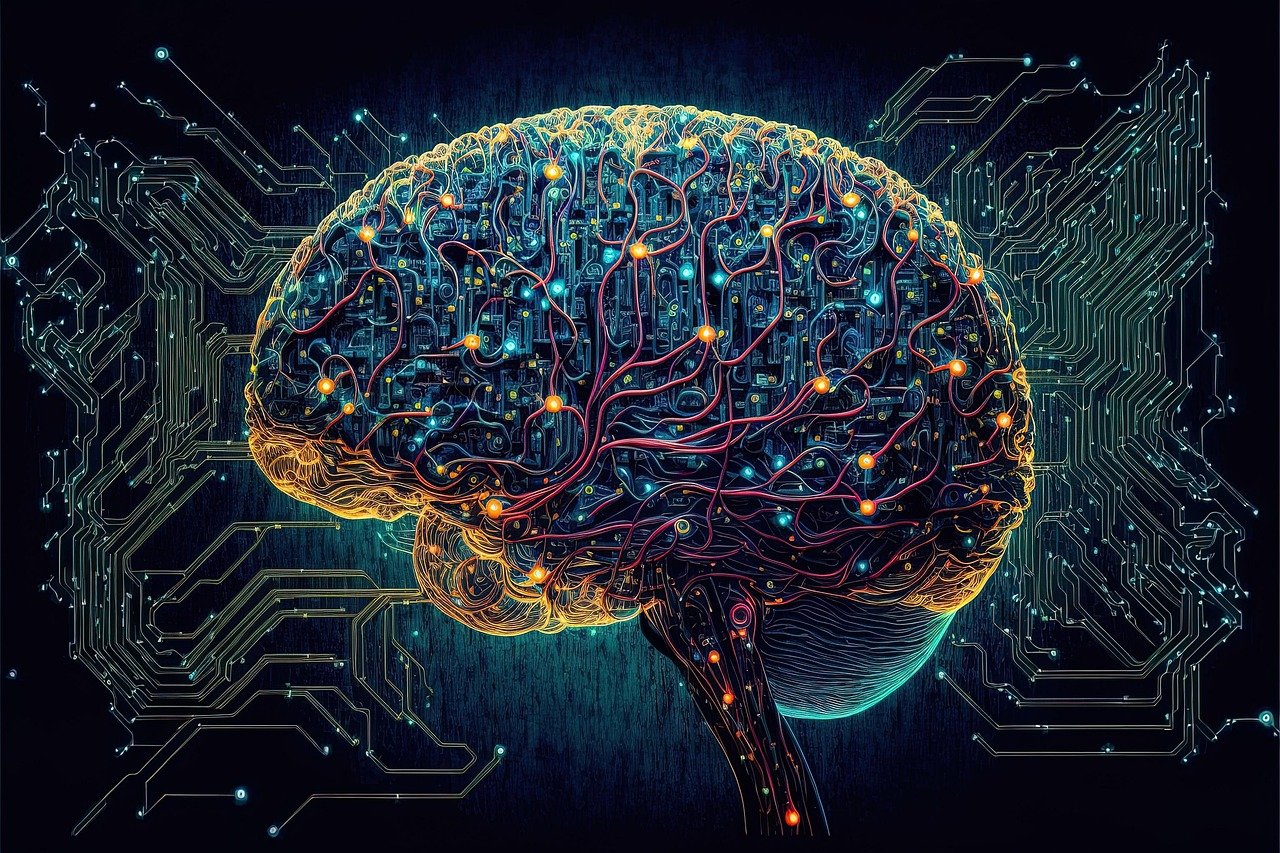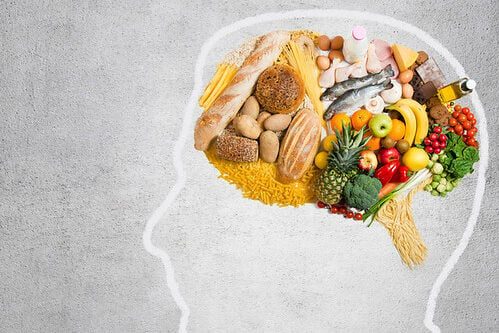Sodium magnetic resonance imaging (MRI) is a noninvasive imaging technique that allows for the measurement of sodium concentration in living tissues. It’s been studied as a possible diagnostic tool for a variety of illnesses, including multiple sclerosis, stroke, and brain tumors. A new study shows that it may also help with breast cancer diagnosis and treatment.
Researchers at the universities of York and Cambridge recently developed a technique to use sodium MRI to measure the salt levels of breast cancer tumors in mice. In addition to observing that active tumors accumulate more sodium, the team found that sodium levels decreased after tumors were treated with chemotherapy. The findings, published in the British Journal of Cancer, could open up new possibilities for understanding and treating breast tumors.
PHOTO: ADOBE STOCK / WEYODr. William Brackenbury, senior author and senior lecturer in biomedical sciences at the University of York, explains, “We have known for a while that solid tumors are high in salt, but this research brings us a step closer to understanding why. Our findings show that the high levels of sodium in breast cancer tumors is coming from inside the cancer cells rather than the surrounding tissue fluid, meaning that there is something strange about their metabolic activity which leads to them accumulating more salt than healthy cells do.
“There are currently only a handful of sodium MRI scanners across the country, but our study paves the way for them to be used as a new technique for diagnosing breast cancer, monitoring the success of treatments and improving survival rates for patients.”
 PHOTO: ADOBE STOCK / TONGPATONG
PHOTO: ADOBE STOCK / TONGPATONG To conduct the study, the team first examined breast cancer tumors in mice, learning that there were elevated sodium levels in tumors versus non-tumor regions and that the figures were higher in more aggressive tumors. They then took a group of 18 tumors and treated some with chemotherapy. A week later, those that had been treated had lower sodium levels.
The team says these findings could help develop drugs to block sodium channels in cancer cells, which could slow the growth and spread of tumors. They also hope to improve the resolution of sodium MRI, as it currently yields a more pixelated image than regular MRI scans.
The team wants to further their research to see if there are sodium hotspots in tumors where growth is most active. They’re also working on an observational study to see if their findings can be replicated in human breast cancer patients.
 PHOTO: ADOBE STOCK / TYLER OLSON
PHOTO: ADOBE STOCK / TYLER OLSON Dr. Simon Vincent is Director of Research, Support and Influencing at Breast Cancer Now, which helped fund the research. He says, “It’s vital breast cancer is diagnosed quickly and accurately, and its response to treatment closely monitored, to ensure patients receive the best possible care. This innovative early-stage research into sodium MRI has the potential to improve patient care, giving medical teams more in-depth information. We look forward to scientists building on this discovery to understand how it can work in practice to benefit patients in the clinic. The way that breast cancer can accumulate sodium should also be investigated further as it may help discover new ways to treat this devastating disease.”
To read the study, click here.
Provide Mammograms
Support those fighting Breast Cancer at The Breast Cancer Site for free! →
WhizzcoOriginal Article









